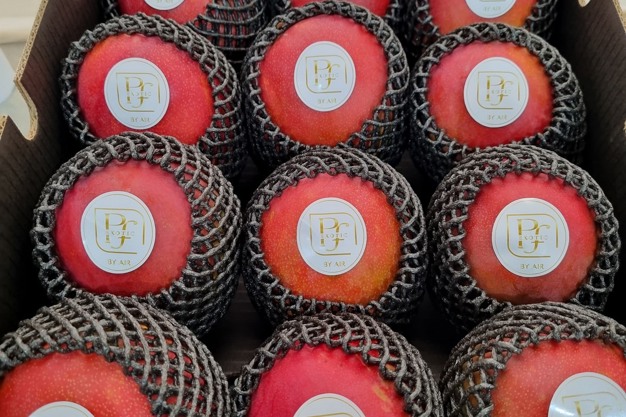The climate challenges continues for Peru's mango industry, with water rationing in place that is affecting the size of the fruit. Peru also faces strong competition from Brazil in key markets. Geancarlos Solórzano, Logistics manager of G&S Agroexport in Peru says, "The beginning of this season has been complicated, for several reasons. We have had direct competition from Brazil, which has introduced a lot of mangoes to European markets, and this meant that what we had projected could not be achieved, since Peru came with the mango campaign ahead of schedule and with high volumes."

Ongoing water crises in Piura region
He says a water crisis is still plaguing the Piura region, which is located in the north of Peru. "Piura has been going through a water crisis that has not been seen for many years. This has led to water rationing. The state has decreed a state of emergency in the region and is prioritizing water for human consumption. Piura is an agricultural sector and this shortage is damaging the region's economy, as it produces lemons, rice, corn, organic bananas, mangoes and other products. They are forecasting that there will be rains in January or February, in the highlands of the region and can alleviate some of this problem," explains Solórzano.
He says the water crises is impacting the current mango campaign specifically. "The shortage and / or water rationing has greatly harmed the farmer and exporter, since the lack of water in mango crops, have caused that the mango does not have an adequate size for export, so there is a greater percentage of small calibres."

Solórzano says the mango campaign starts in Tambo Grande in the Piura region in northern Peru and continues until the current month (December). Thereafter, the campaign continues in Casma in the Ancash region, located in the Norte Chico, with the capital of Lima about five hours away. "We hope that there will be no water problems there, as in past years, and thus we would be able to recover the volumes and sizes of mangoes."
As a results Solórzano says they are focusing on preparing a good harvest. "Currently the quality is being managed, we're trying to harvest at the right Brix for optimal ripening, packaging and distribution, taking into account that sales or demands in Europe are being slow, because there is still mango from Brazil." The main markets for Peruvian mangoes are the United States, the United Kingdom, Spain, Germany and France.

Airfreight expensive
"We are trying to be competitive with prices are trying to be competitive, but what is also hurting exporters and importers, are the prices of air freight, which are currently high compared to past seasons. That makes the final prices are high and does not help us to compete with the prices of mango from Brazil, where their air freight prices are much cheaper than those of Peru."
For more information:
Geancarlos Solórzano Yauri
G&S Agroexport SAC
Tel: +51 943467715
[email protected]
